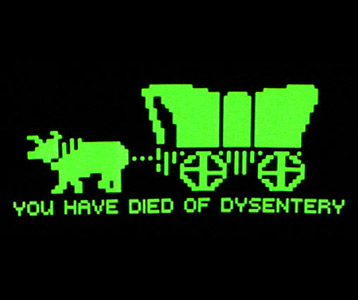-Jane Jacobs-
Urban renewal projects have only
recently started to address the human needs of residents beyond providing basic
shelter, and much of this progress has only been made in response to the
violence and persistent poverty surrounding many public housing communities
constructed in the 1950s and 60s. However, it is especially difficult to make
the argument for increased funding for public housing considering the arguments
many economists make against public housing. Critics argue that public housing
projects often perpetuate the cycle of poverty by concentrating poor communities
in high-density spaces. The suburbanization of poverty has also complicated the
problem of ending cycles of poverty in communities, since many residents are
being forced out or urban centers and away from the resources and opportunities
cities contain.
 |
| Cabrini-Green Housing Project Source: Time Magazine |
Death and Life
Jane Jacobs, in her influential book The Death and Life of Great American Cities (1961), argued that urban planners should consider the
benefits of building mixed-use developments and attempt to construct spaces
that promote natural social exchanges within a community. In one example,
Jacobs compared the high amounts of crime occurring in isolated malls to lower
rates among highly visible neighborhood stores, thus rejecting the stereotype
of isolated suburban communities as inherently safer than cities.
Redefining the American Dream in Suburbia
Suburbs were initially developed to reward
homeowners with privacy and self-contained households. Instead of
encouraging interdependency (as inherently occurs in interactions in an
American urban environment), suburbs encourage self-sufficiency and conformity
simultaneously. The suburban conceptualization of the American Dream involves
valuing privacy and private property more than human relationships and sharing
resources.
However, urban centers continue to be at the
center of American economic life. Young professionals are becoming ever more
attracted to the rich community life and conveniences of residing in
metropolitan areas. Along with the influx of wealthier and younger populations
came two newer and interlinked phenomena: gentrification and the
suburbanization of poverty.
As reported in The Atlantic,
Therefore,
many impoverished people are finding themselves pushed out of American cities
and consequently cut off from many job opportunities and public services. The
poor now inhabit the cookie cutter, private homes formerly occupied by
middle-class families, but find isolation to be a curse rather than a blessing. For example, suburban areas are often cut off from major transportation resources, leading suburbanites to rely on cars to take them to jobs, community centers, and essential businesses. However, many poor residents cannot afford cars, and so find themselves in the impossible situation of not being able to find accessible jobs but unable to afford rent in business centers without well-paid employment.







